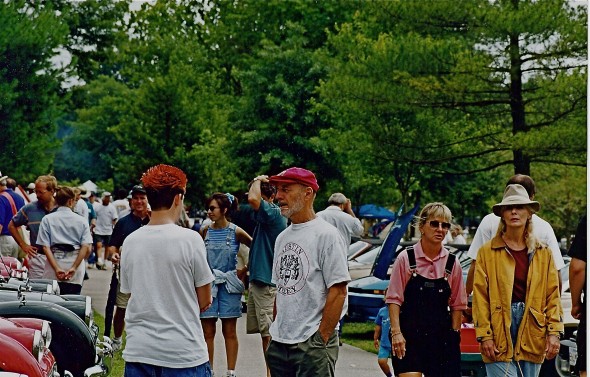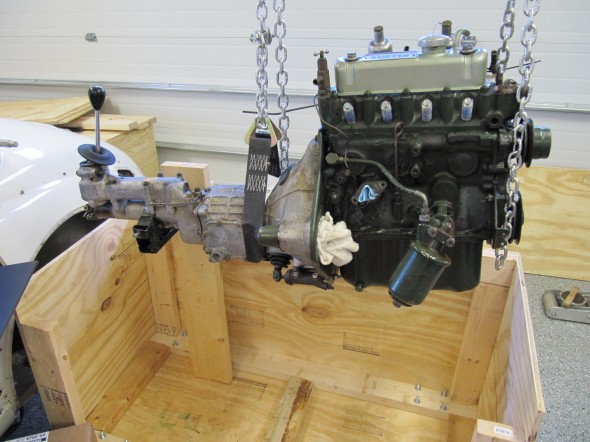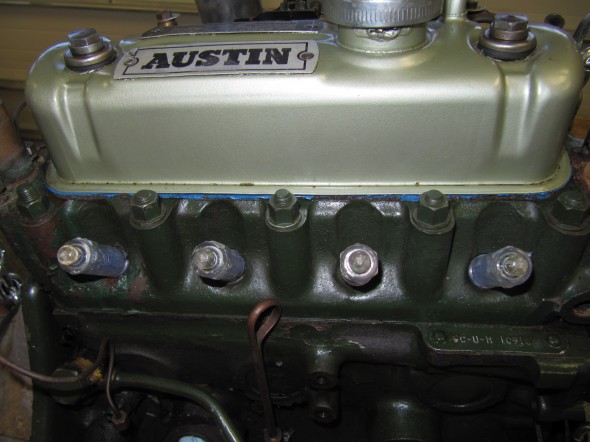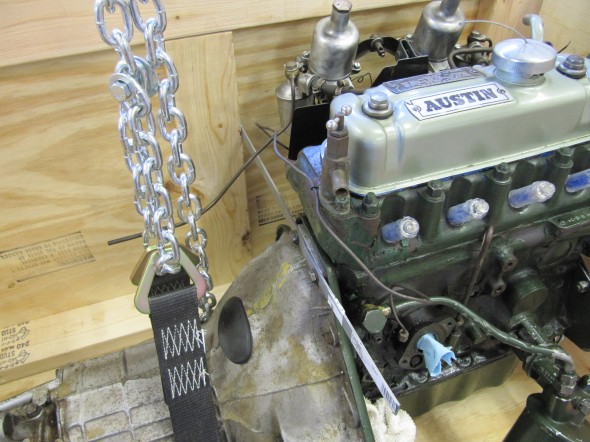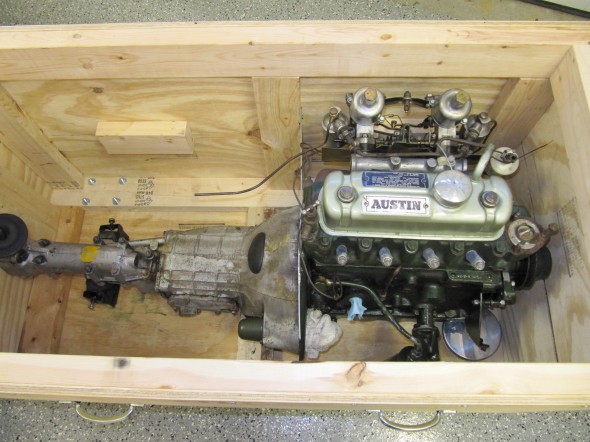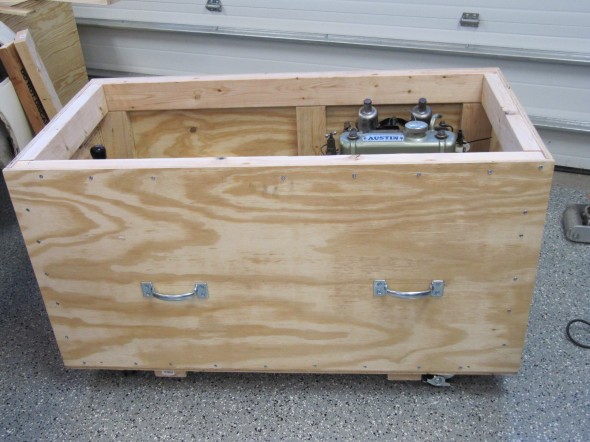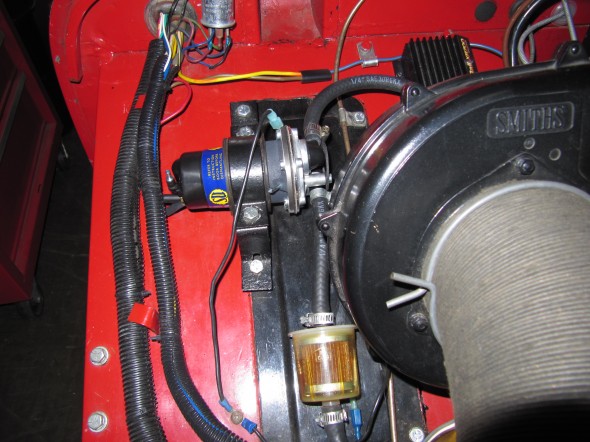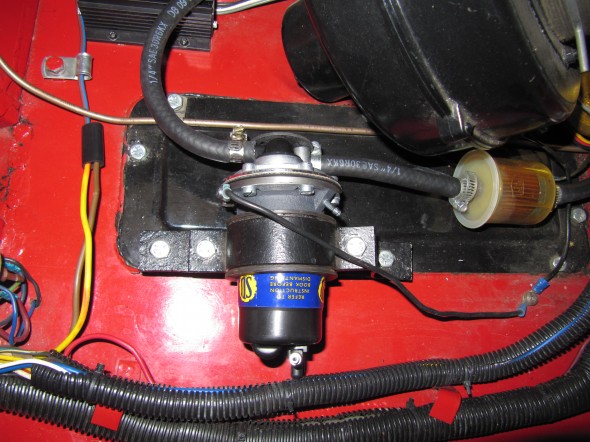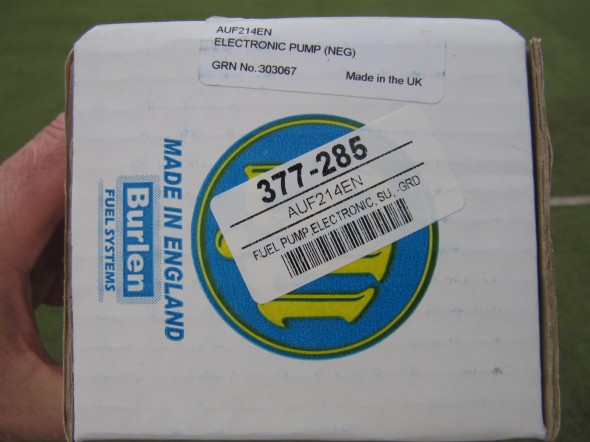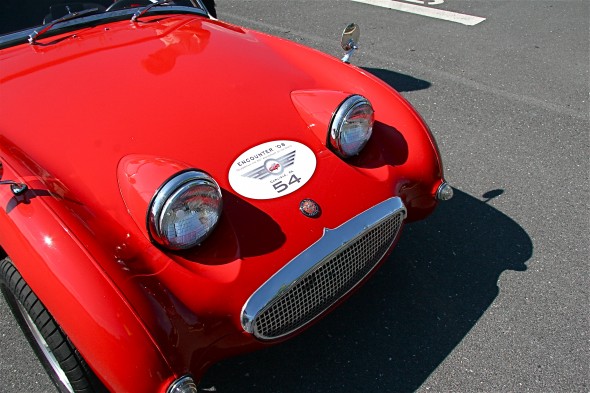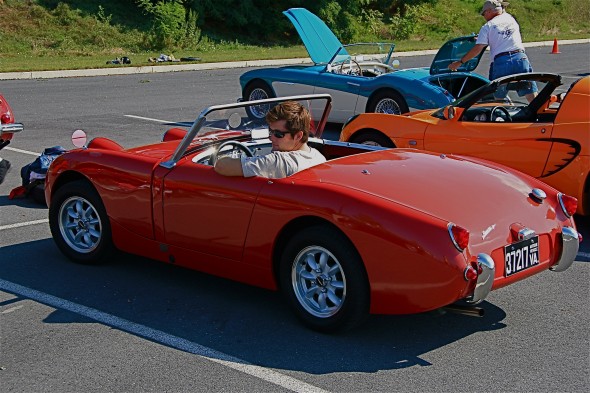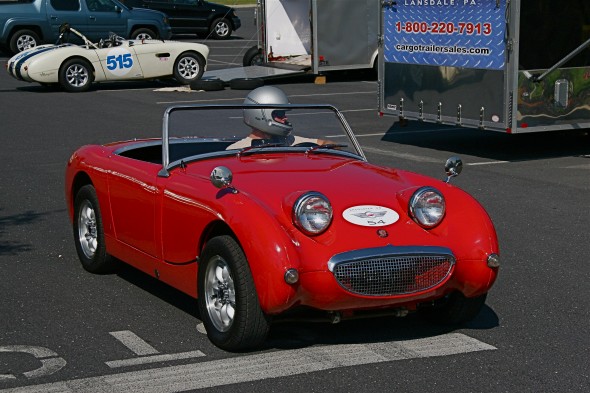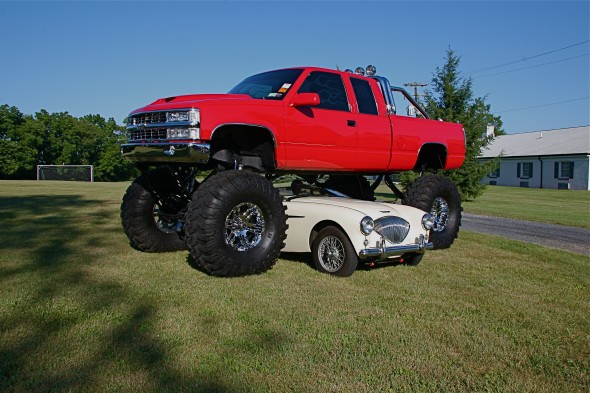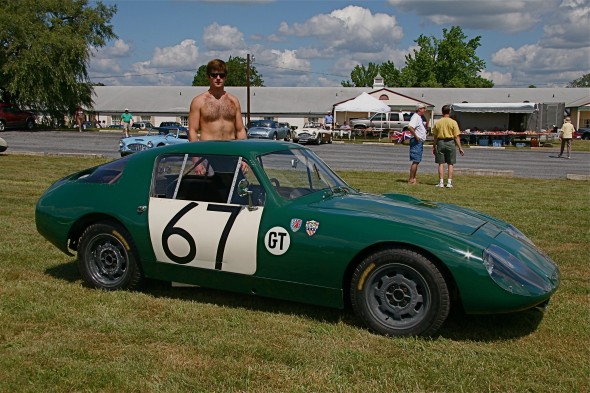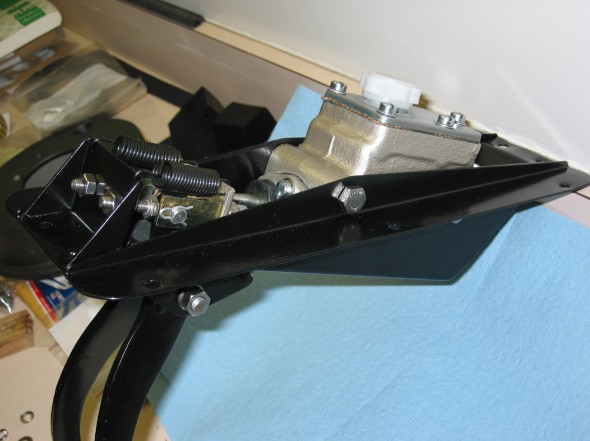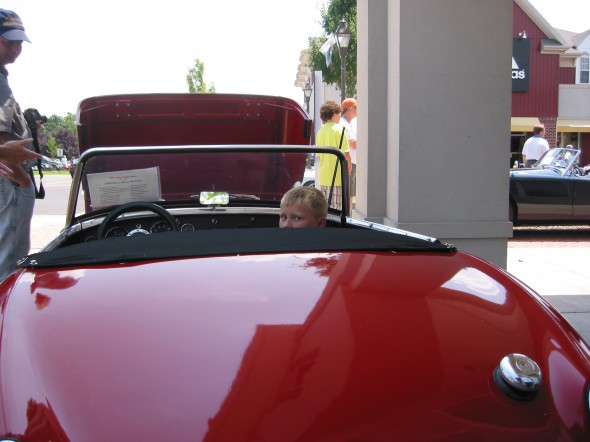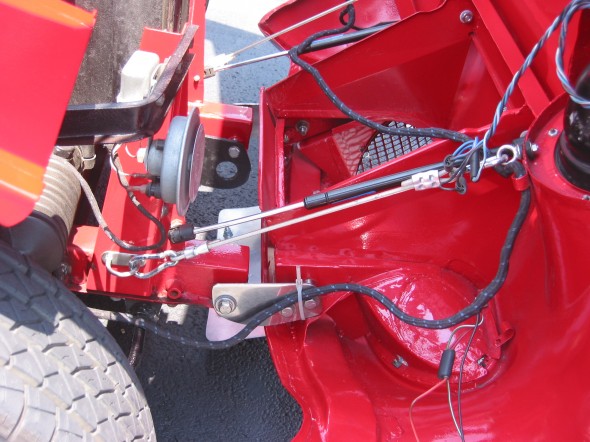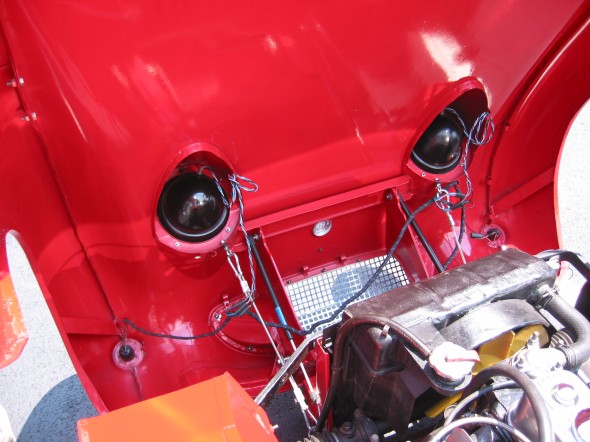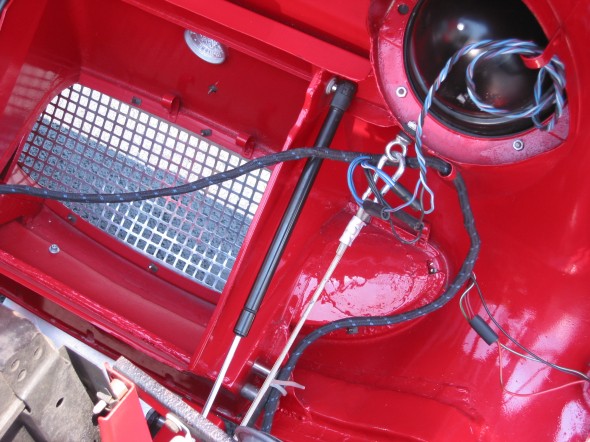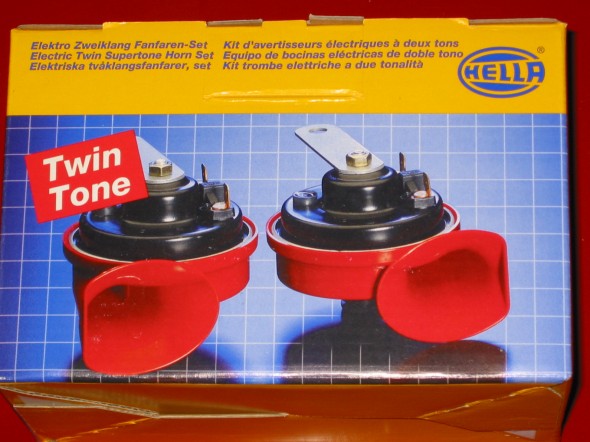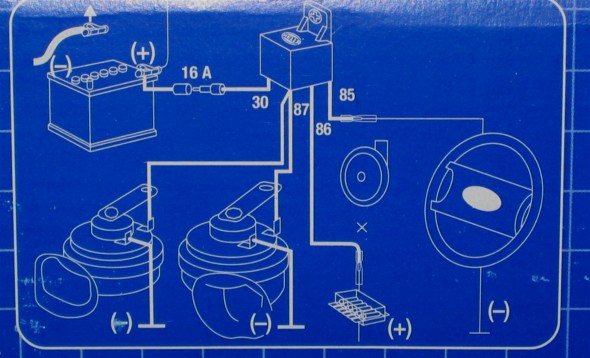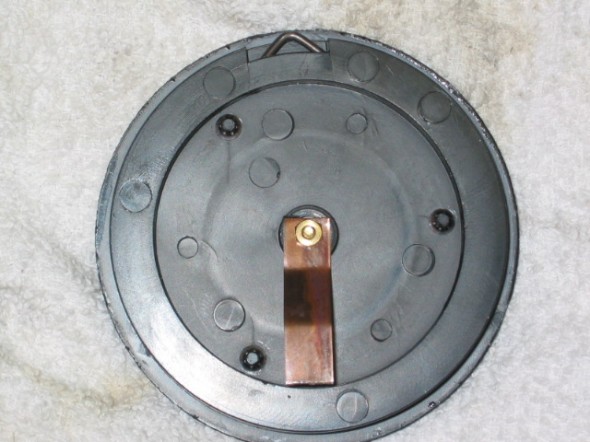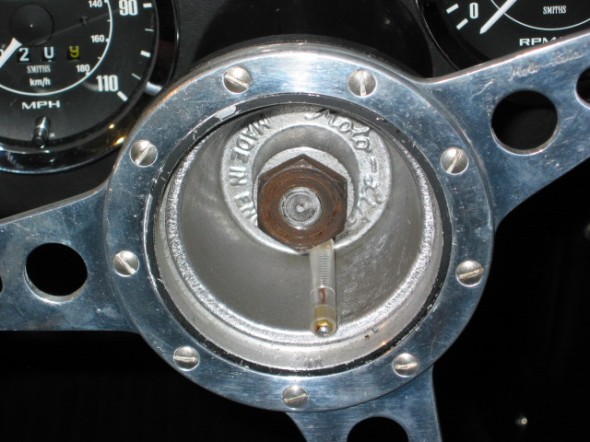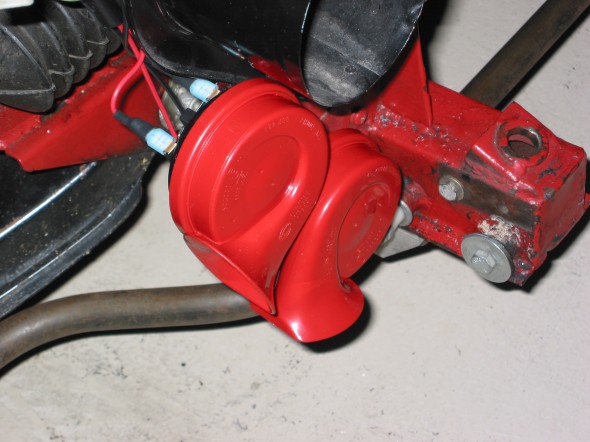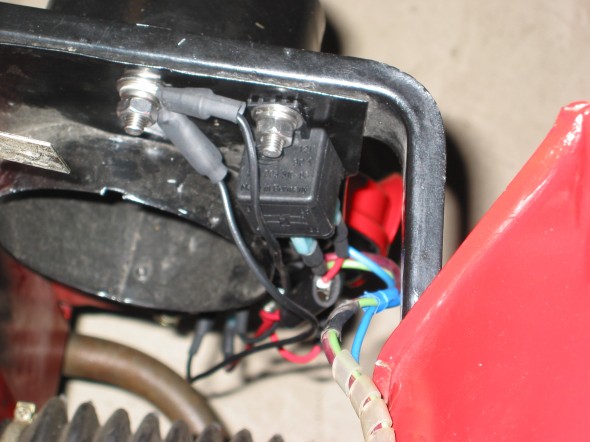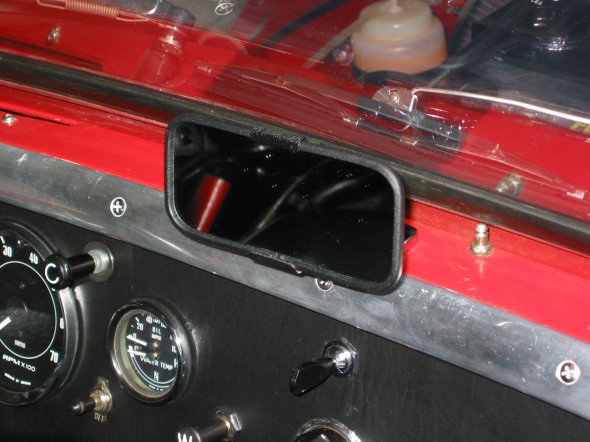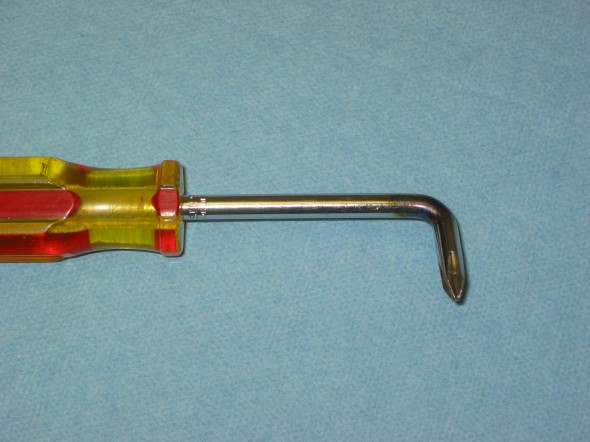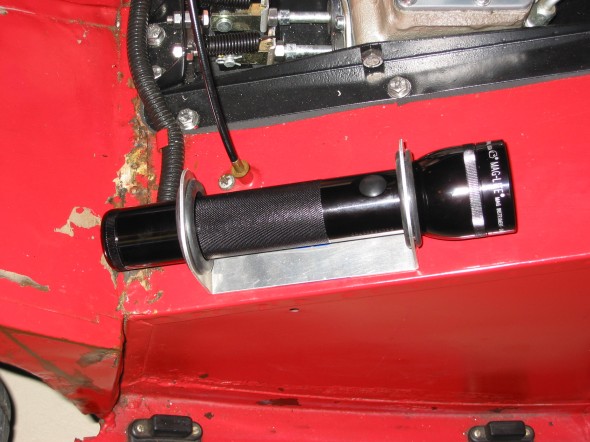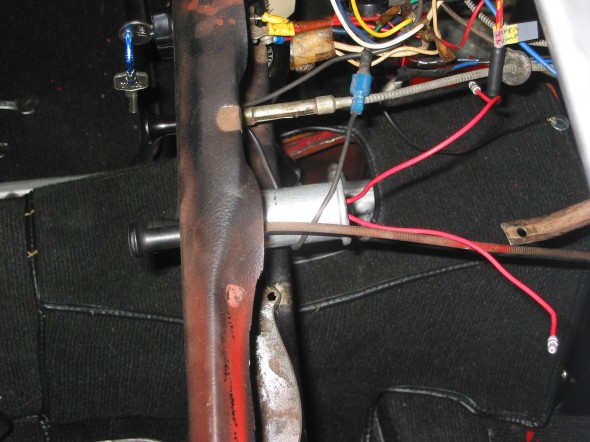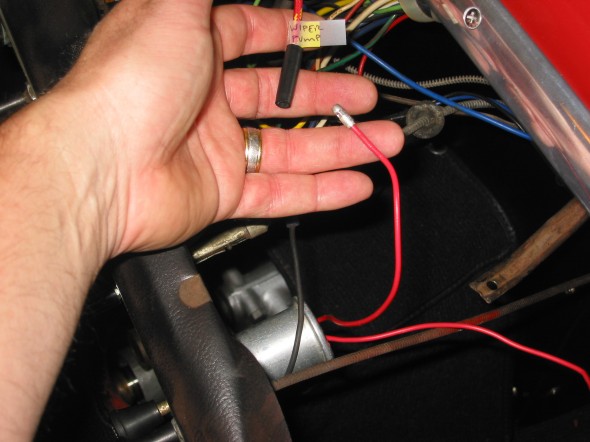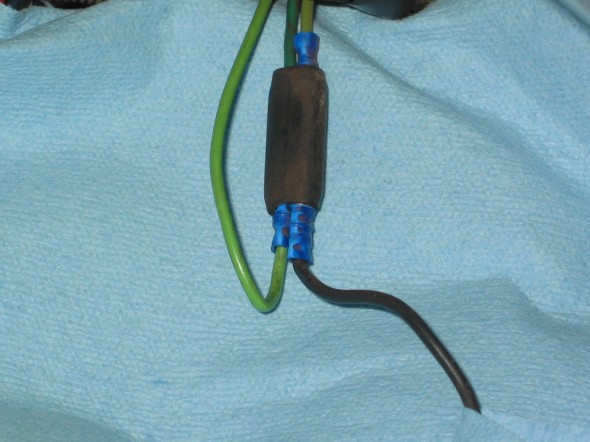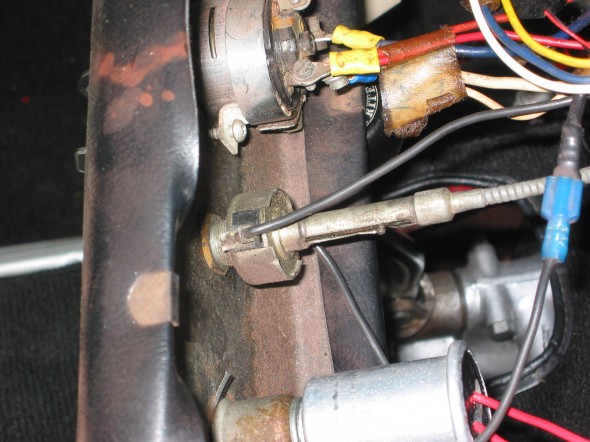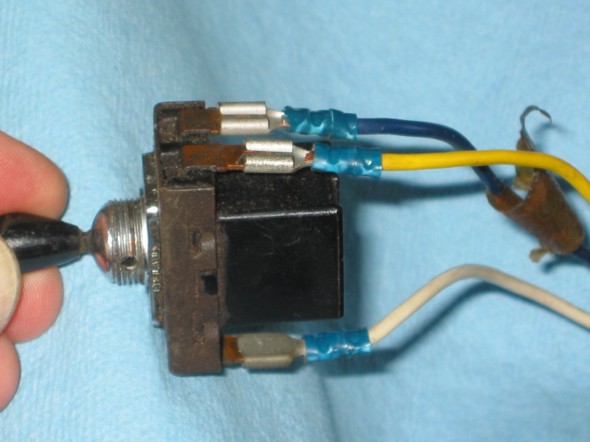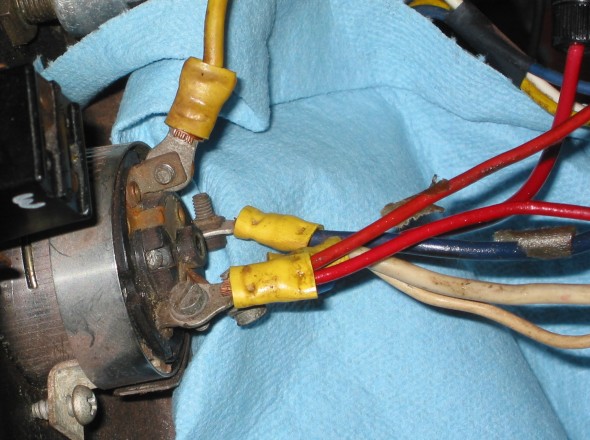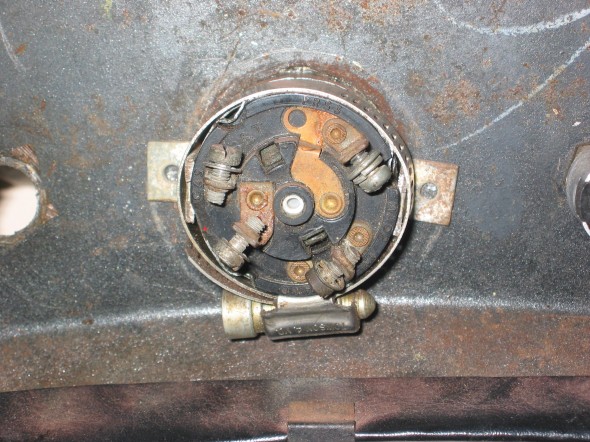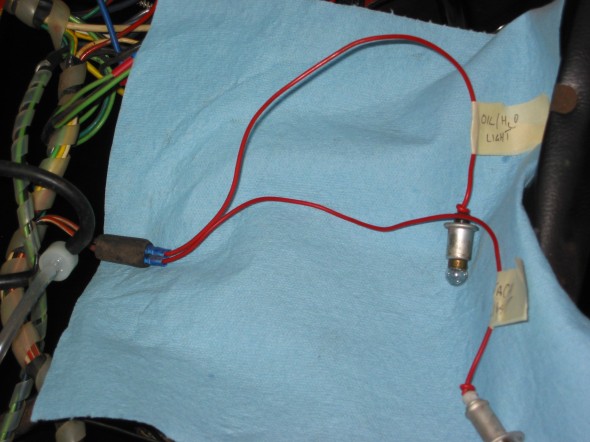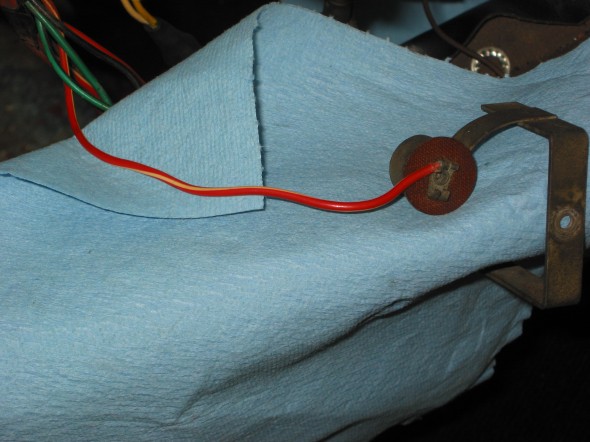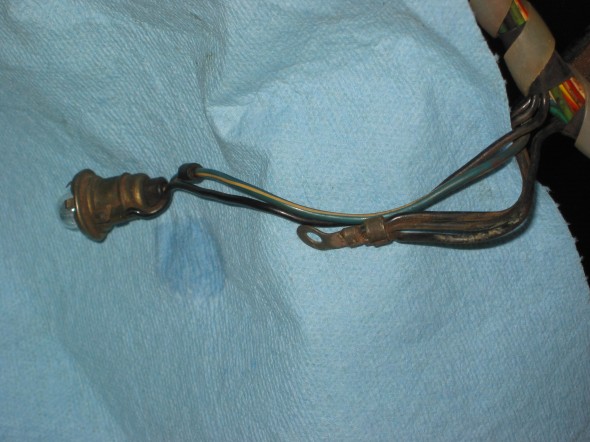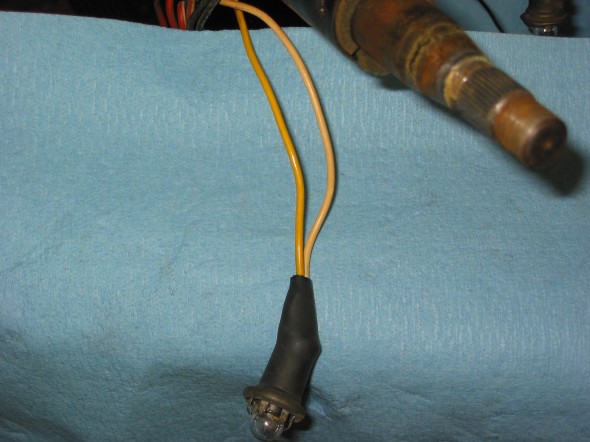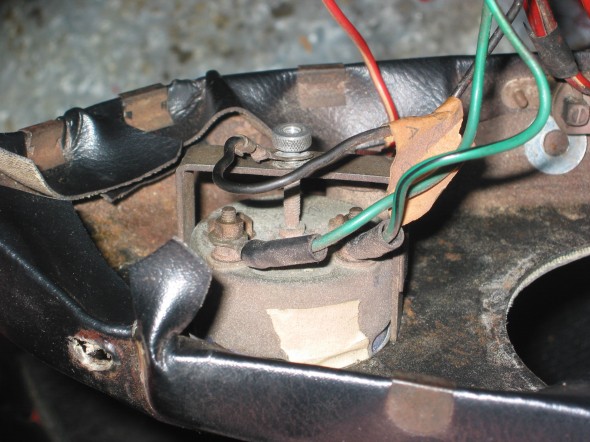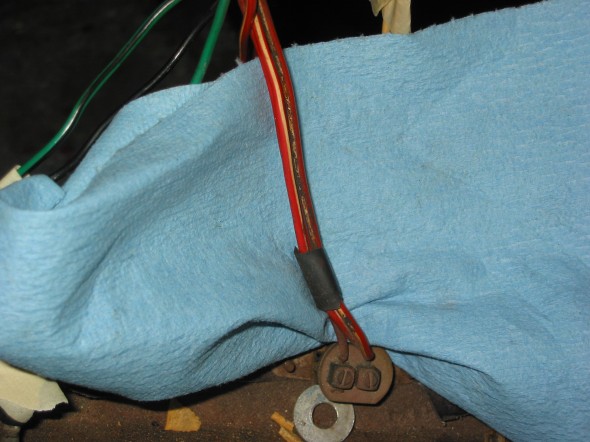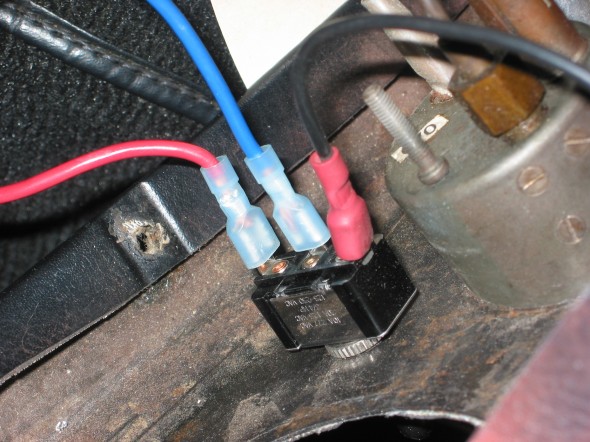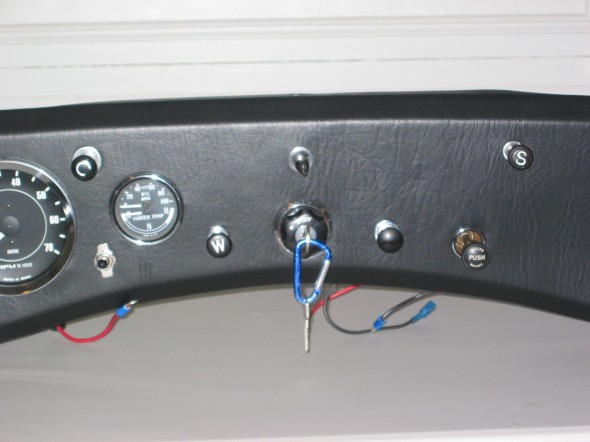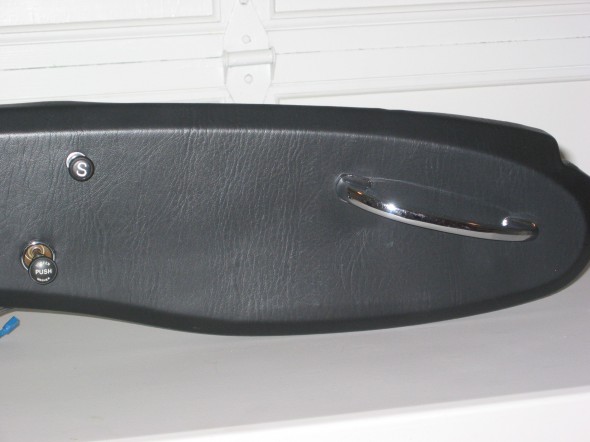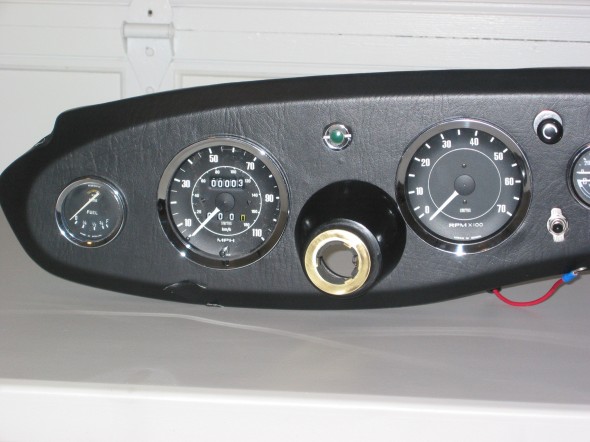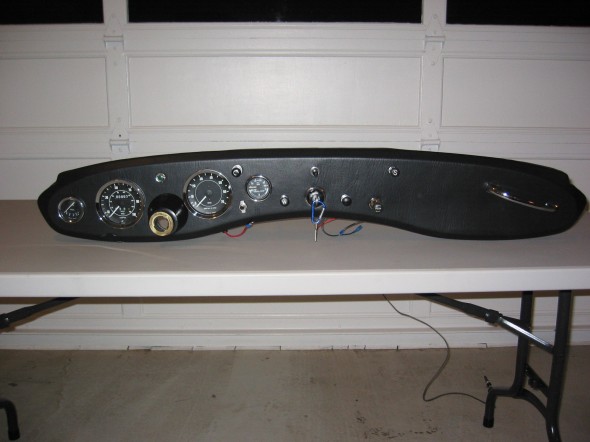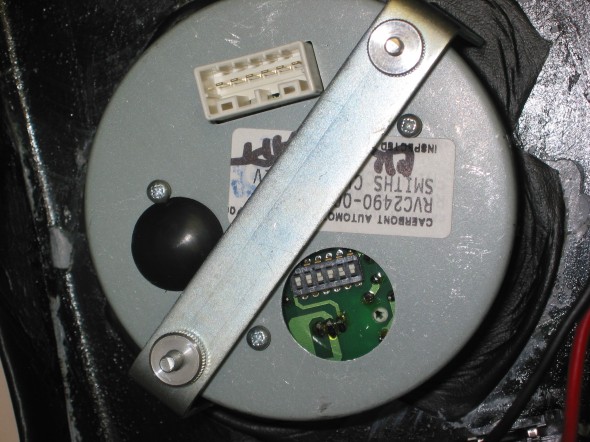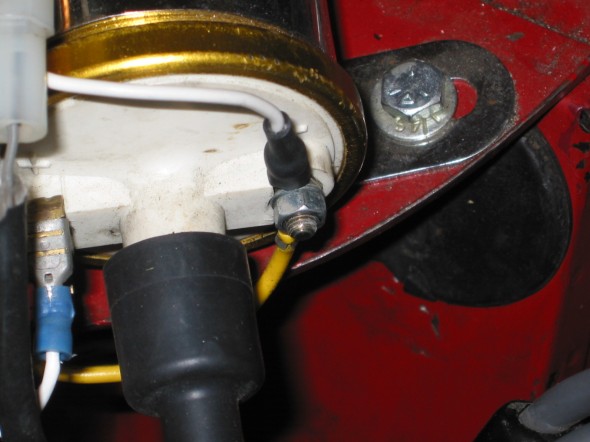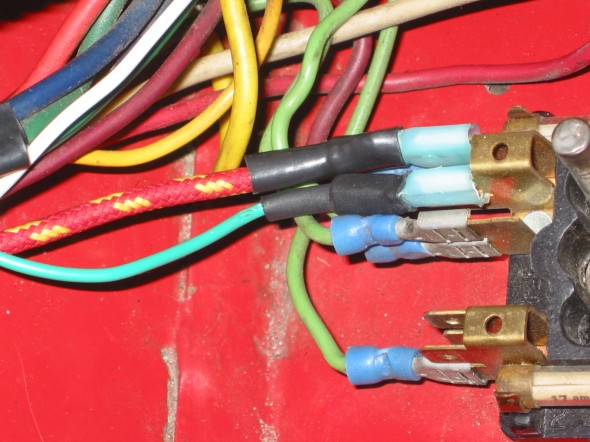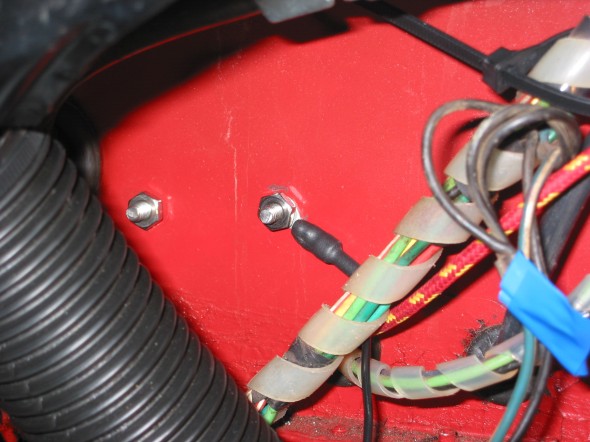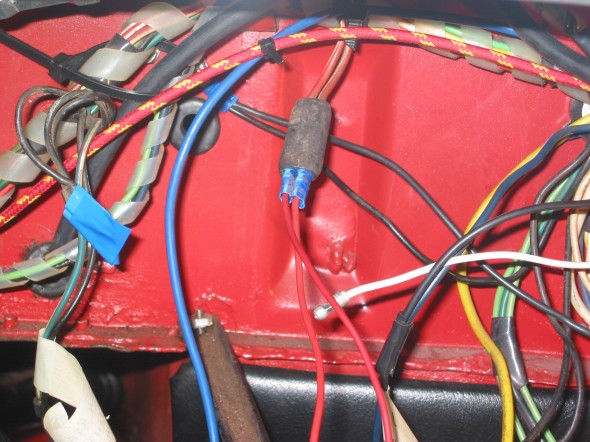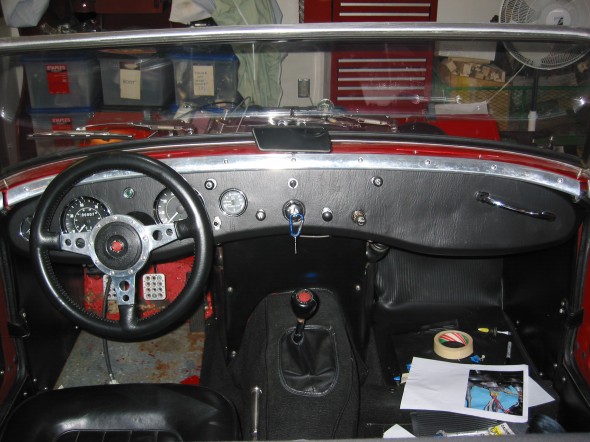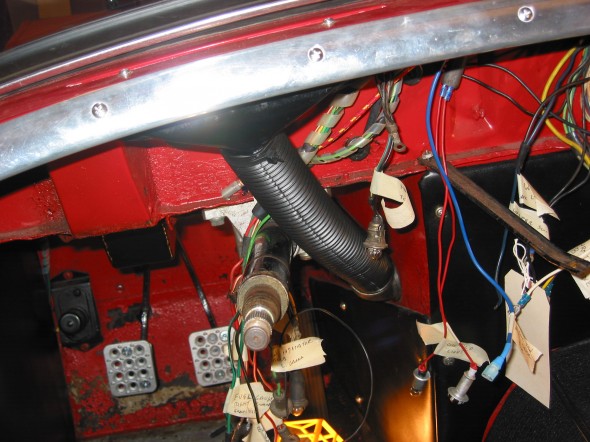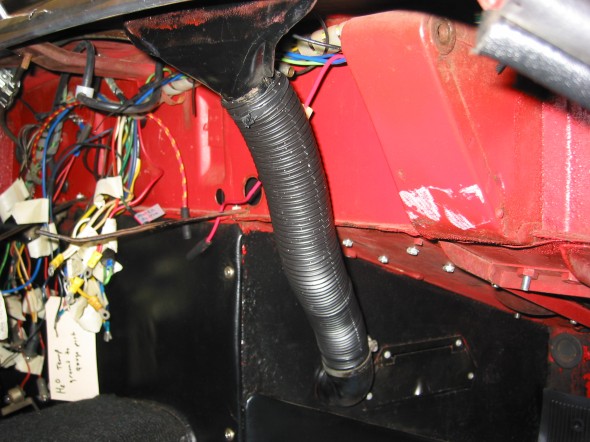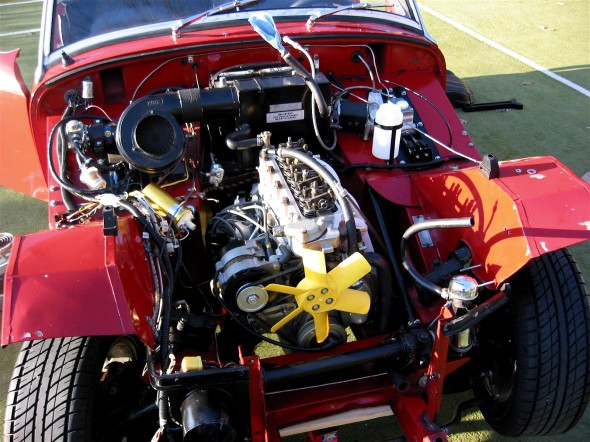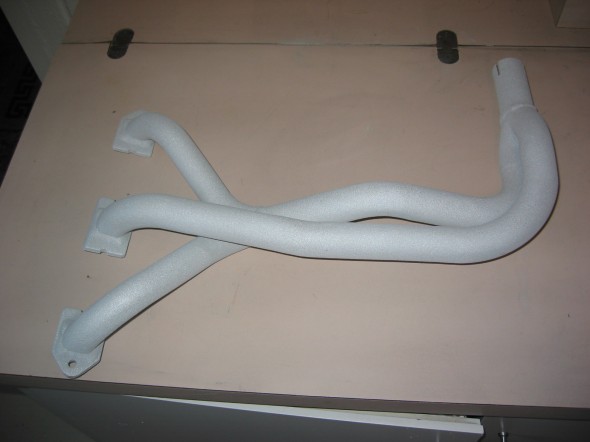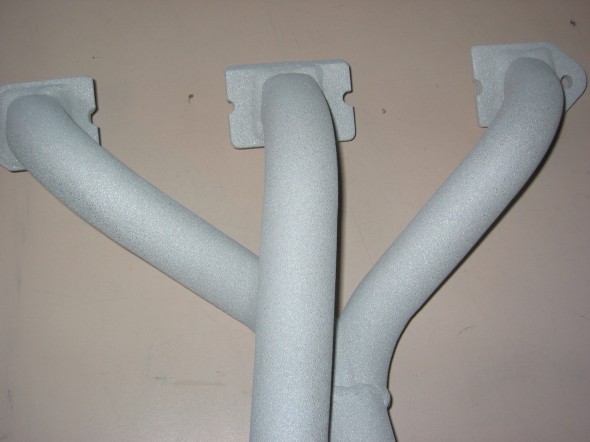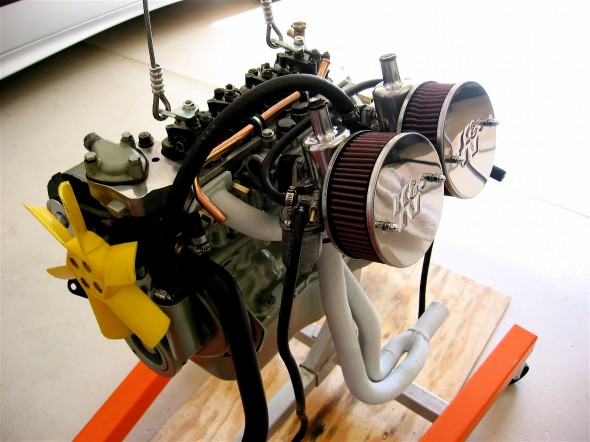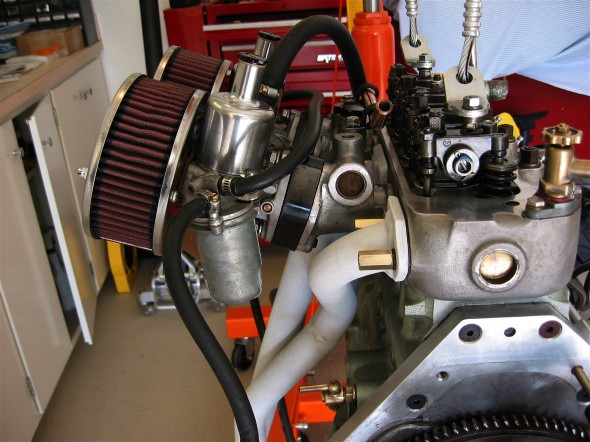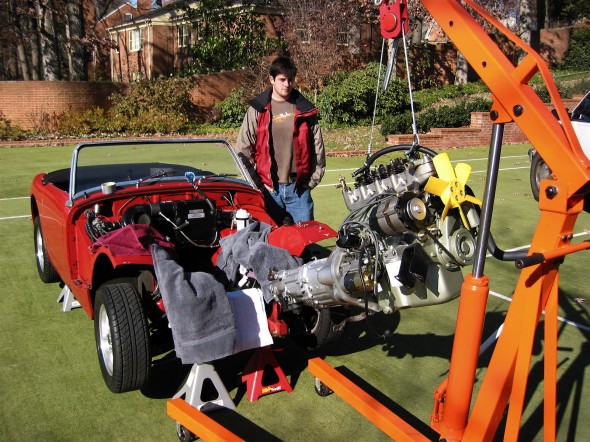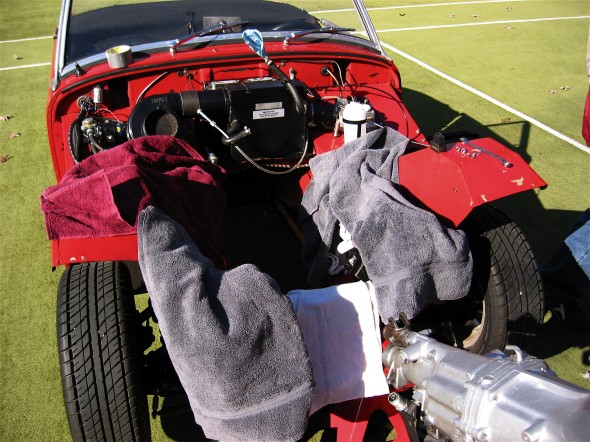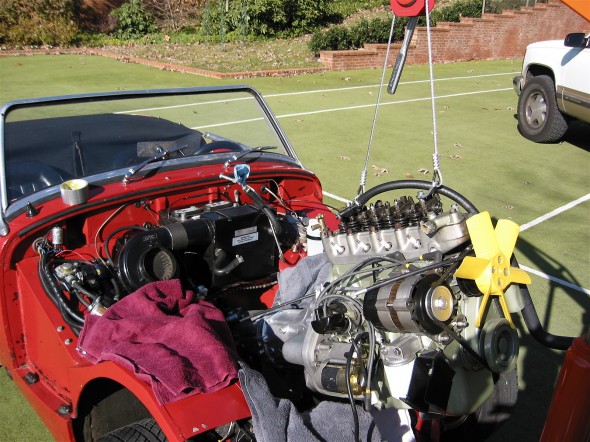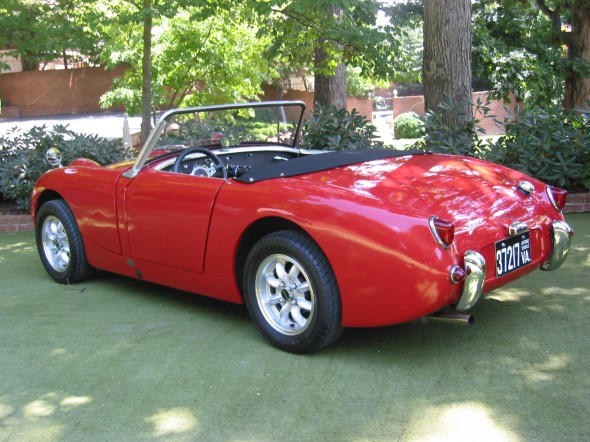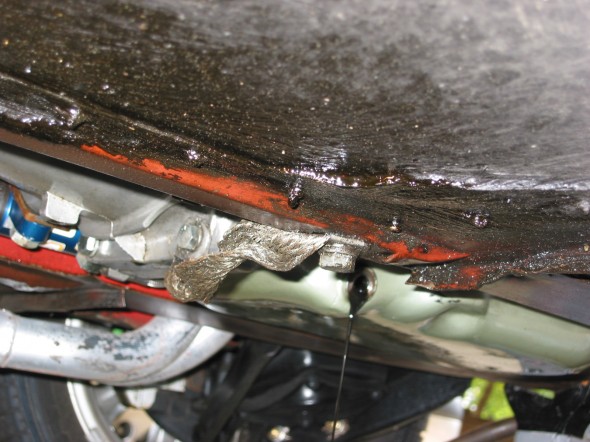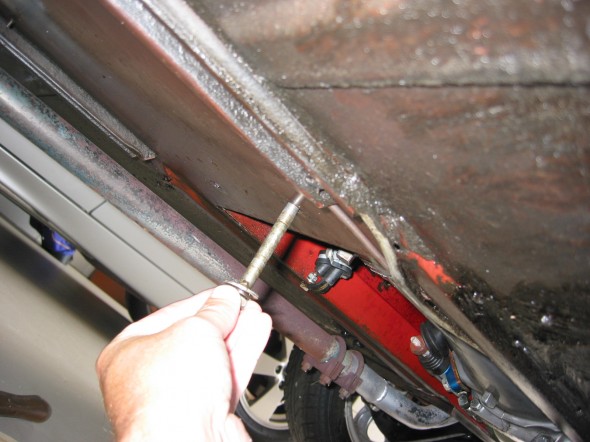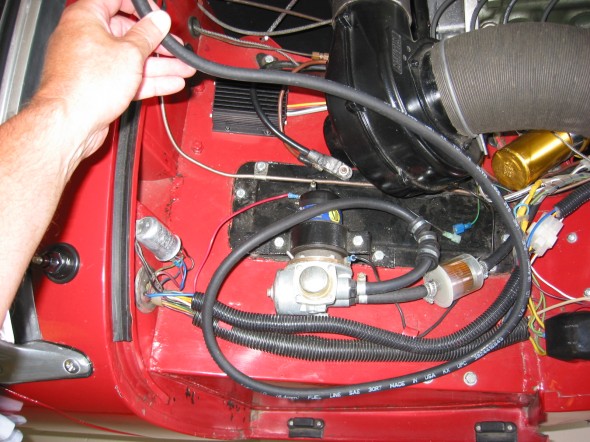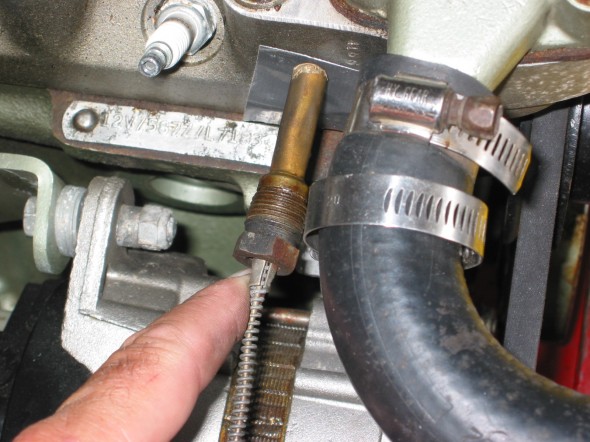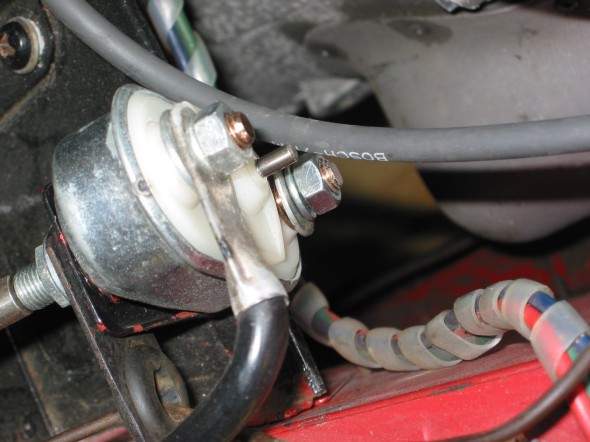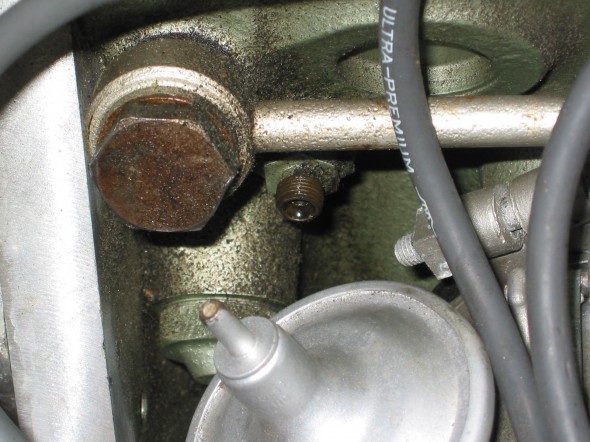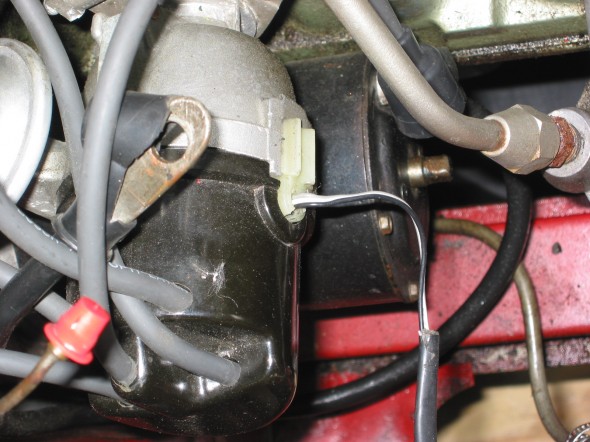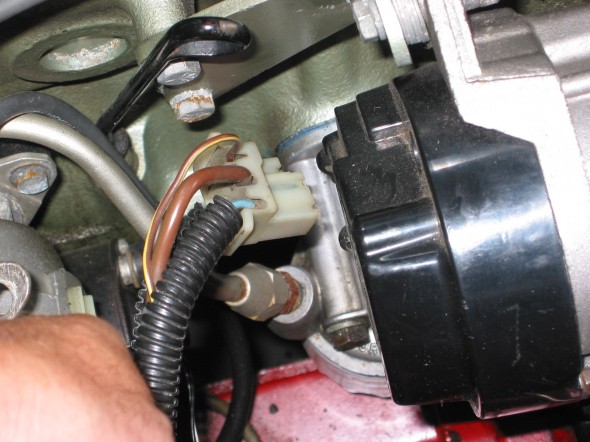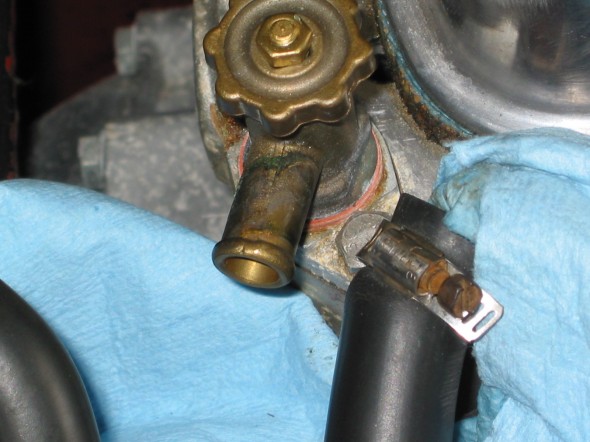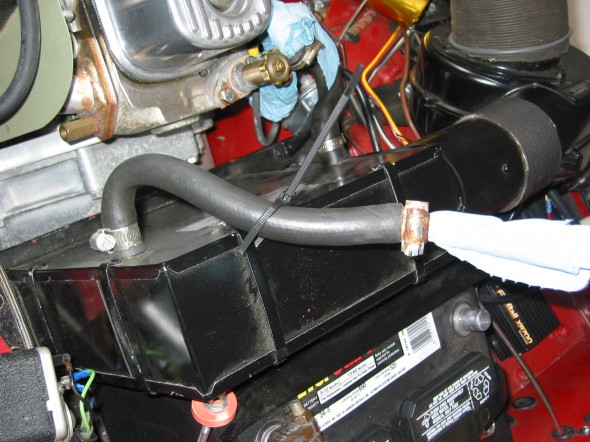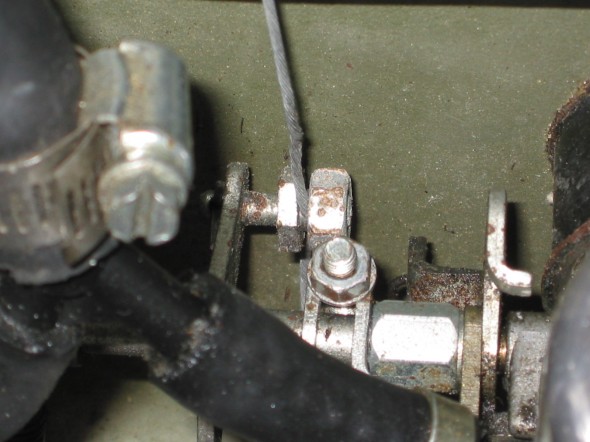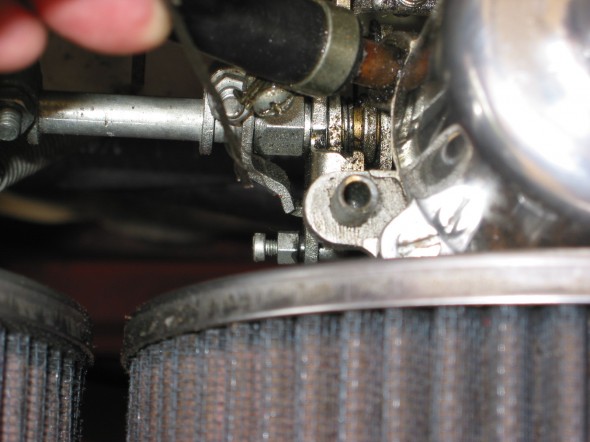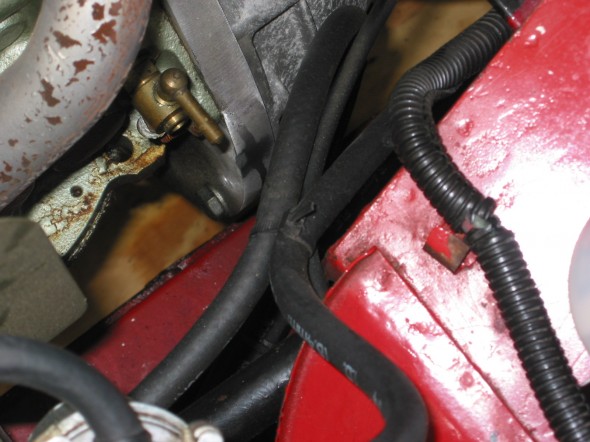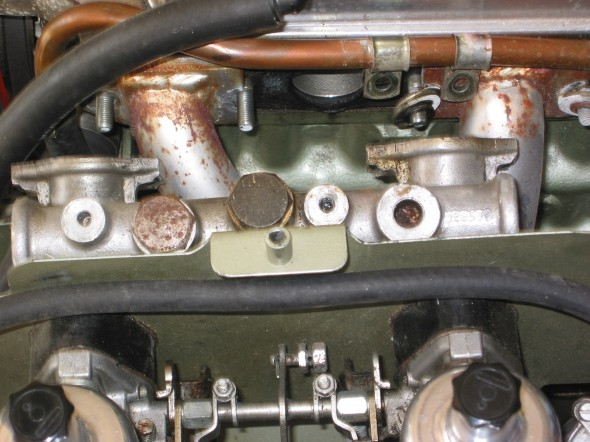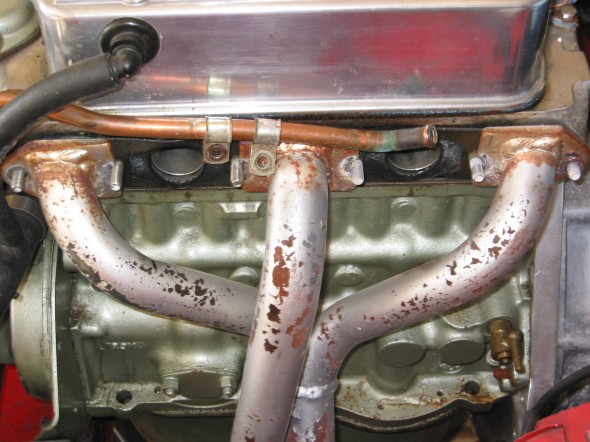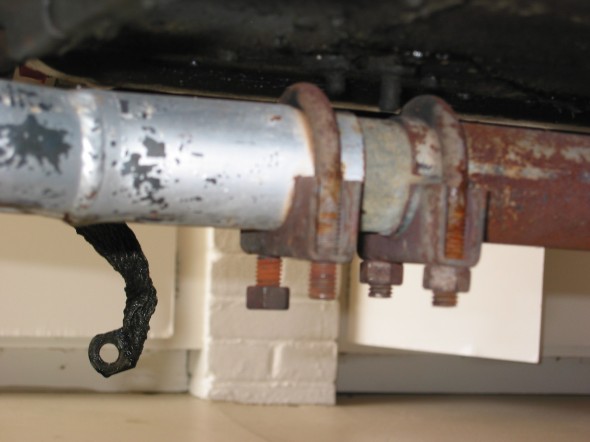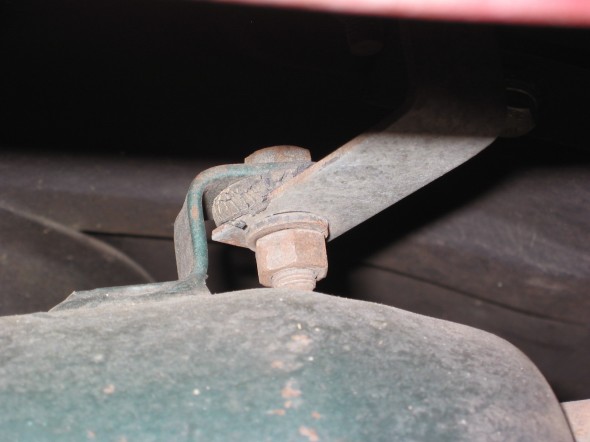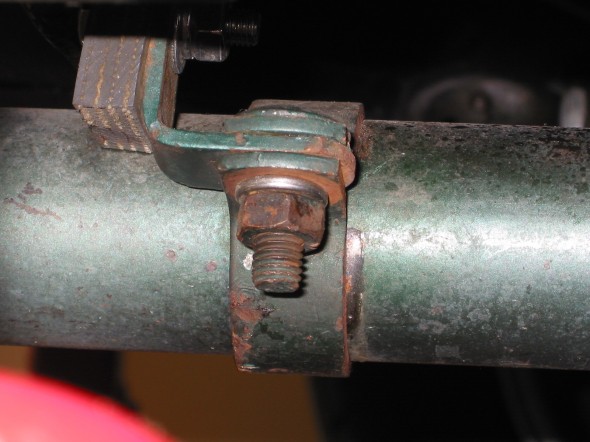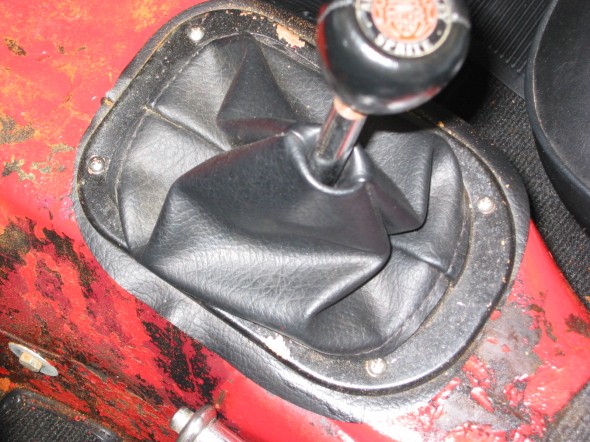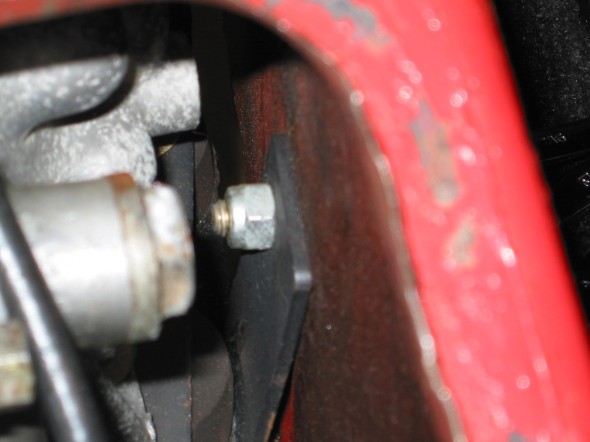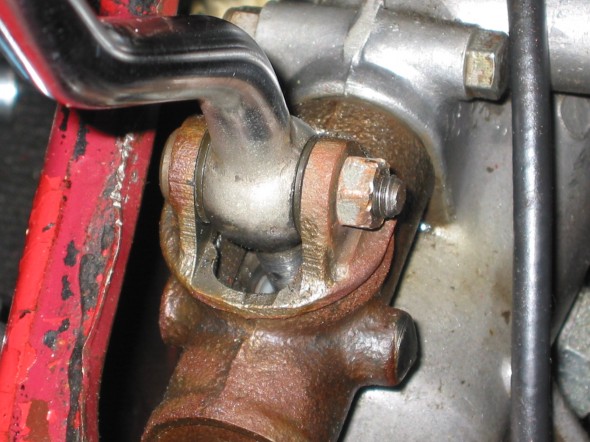My name is John Rose and I am the current owner of AN5L11257, engine number 9CUH10910, a 1959 Austin Healey Sprite, popularly known as a “Bugeye” in the States or “Frogeye” if you are from across the pond.
This web site is dedicated to documenting the history of my car, the modifications that have been made to it, and the fun I have had with it.
My Dad, Linwood Rose, my younger brother, Scott, and I attended the 1998 Sprite Bash in Carlisle, PA with the idea of finding a Bugeye to purchase as my first car. Of course, I wasn’t old enough to drive yet, but this was to be a “project” car that would require some work prior to putting it on the road. We looked at a few cars that were for sale, but didn’t make any offers in Carlisle.
Previous Ownership
Later that summer, we were attending the British Car Days Show held in July at Bowie, Maryland on June 28, 1998. Tom Delaney from College Park, MD attended the Show and was walking around the show grounds with a sign taped to the back of his T shirt he was wearing that stated, “1959 Bugeye for sale, enquire within.” I struck up a conversation with Mr. Delaney and we agreed to stop and see his car when we returned from vacation at the end of the week.
On July 2, 1998, after a test drive and some negotiating, I was the proud owner and we were driving MY Bugeye home from Maryland to Harrisonburg, VA.
Mr. Delaney did have some records that he passed along to me with the car. These records provided some insight into previous ownership of my Bugeye. I am not sure when Mr.Delaney purchased AN5L11257, but I do have a receipt for parts indicating he was the owner in February 1983.
Curiously, before Mr. Delaney was the custodian of my Bugeye, it was apparently owned by Captain Charles A. Rose of Gaithersburg, MD. I say “curiously,” because my uncle’s name is Charles Rose, and he lives in Maryland, but they are not one and the same.
Captain Rose purchased my Bugeye in Tennessee according to Tennessee DMV records in September, 1979 from Dean Trathen from Nashville, TN. Mr. Trathen apparently owned the car for only a brief period having purchased it himself in March of 1979 from William L. Easterling from Brentwood, TN. Records show that Mr.Easterling bought the car in September of 1978.
Unfortunately, I don’t have records or any knowledge of ownership of my Bugeye from 1959 to 1978.
Bugeye Blog, 1998 – 2021
My Bugeye Blog chronicles the life and times of AN5L11257 while in my care. I didn’t keep good records at first, so details are a little sketchy until 2000. As the reader of my Bugeye Blog will observe, we have made many “personalizations” to my Bugeye. I have concentrated on making my car fun to drive by increasing performance and handling. The Bugeye Blog runs through 2021.
The Total Restoration of AN511257 Beginning in August 2022
As with most things that age, my Bugeye is now a little “tired” and needs some major attention. The body and interior in particular need to be completely reworked. So, in early August 2022 I took the Bugeye to my father’s home where he plans to undertake a complete restoration of the car.
The plan will be to totally restore/replace all of the major systems of the car such as the rear suspension and axle, the front suspension and steering, the drivetrain, brakes, heating and cooling, the interior, and the body. As each system is attended to it will be reinstalled in the car to ensure fit and proper function. After all of the systems have been restored/replaced/upgraded the car will be dismantled for bodywork and paint. This process may take a little longer than otherwise, but it will ensure that everything fits and operates perfectly before the car is in fresh paint.
Each step along the way will be documented on this website and will include narrative, photographs, and videos. The posts, or entries, will be separated into two sections. The first will be the Restoration Phase and the the second will be the Assembly Phase. We will also create a category with posts for modifications/personalizations organized by topics such as “fuel” or “steering.”
I hope you enjoy the ride!
John Rose

